The Sacred Afterlives of Buffalo’s Vacant Churches
The best way to preserve a church in a shrinking city is often to convert it to a mosque or temple.
The church at 194 Ludington Avenue isn’t what it used to be. For 102 years, Saint Agnes offered the Catholic residents of Buffalo, New York, a place for worship. The building itself has always been statuesque, with cavernous halls and ornate stained-glass windows. But on October 21, 2007, after years of a dwindling parishioners, Saint Agnes held its last mass and quietly shut its doors. It was empty for two years, just gathering dust, until 2009, when a buyer emerged: a Vietnamese monk named Thich Minh Tuyen. In 2012, Saint Agnes reopened for worship, as the temple of the International Sangha Bhiksu Buddhist Association.
When a city shrinks, its buildings empty out. Houses, for example, molder until a private developer swoops in, or the municipality razes them. But churches are a different story. Vacant churches—large buildings designed for a specific use—are more expensive to either demolish or preserve, and less readily convertible than former residences and storefronts, according to Ashima Krishna, an urban conservationist at the University of Buffalo.
But several vacant churches in Buffalo have gained a new lease on life as a temples, mosques, and churches of other denominations, at the same time saving historic buildings and serving communities as they change. “Churches may not always be the most attractive for any kind of real-estate investment,” Krishna says. “That does not mean that they don’t deserve to be saved.” She wrote about two of these conversions recently in the Journal of Urbanism: International Research on Placemaking and Urban Sustainability.
“Serendipitous conversion”—Krishna’s term for the practice—is not unique to Buffalo. Churches have found themselves leading interfaith afterlives for thousands of years. A famous example is the Hagia Sofia in Istanbul, which was converted in the 15th century from a Greek Orthodox Christian cathedral to an Ottoman imperial mosque—though this particular conversion was more bloody than serendipitous. It’s also a frequent, if usually unremarked upon, practice in post-industrial cities, including others in New York such as Syracuse and Utica, writes Daniel Campo, who studies urban planning at Morgan State University in Baltimore, in an email. “The appropriation and reuse of sacred sites from one faith to the other is fairly common and can be viewed as a form of responsive urban development.”
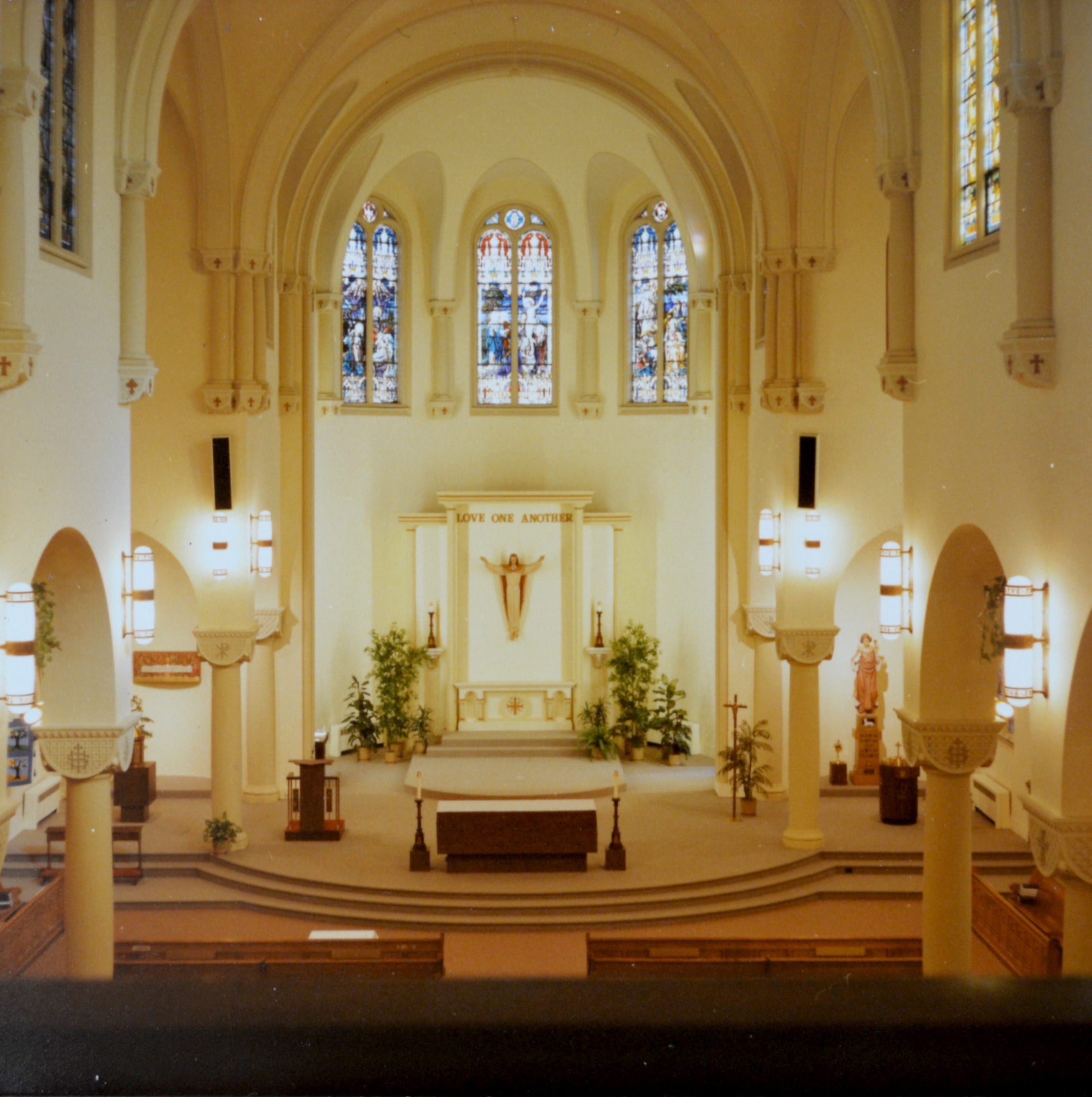
Buffalo in particular is primed for such conversions due to the city’s embrace of immigrants and refugees. They’re a welcome influx of newcomers for a city that has shrunk considerably, with less than half of its historic peak population occupying the same geographical area. When Krishna moved from India to Buffalo in 2014, she couldn’t help but notice all the abandoned churches, and she’d written her master’s thesis over a decade before on something similar: forgotten Hindu temples in India. “I have always been very fascinated by places of worship that are no longer in use and what happens with them,” she says, “places dying to have people breathe some life back into them.”
In the 19th century, Buffalo was booming. “Buffalo was located at the intersection of the Erie Canal, the Great Lakes, and markets in the Midwest,” Krishna says. “It was a massive hub of industry, and one of the major cities in the country.” The infrastructure and architecture swelled to meet the growing population, composed in part of immigrants, and the city peaked with 580,000 residents in 1950. It dropped fast, losing 50,000 people by 1960 and 100,000 in the 1970s, largely due to the disappearance of manufacturing jobs, according to the City Journal. A 2016 census places the population just under 260,000. But Buffalo remained a gateway for immigrants, according to Buffalo Spree. The early 20th-century Italian, Armenian, and Polish settlers gave way to new populations from Mexico and Puerto Rico and, in the 21st century, refugees from Burma, Bhutan, and Somalia.
Saint Agnes Roman Catholic Church was established in a small wooden building in 1883 to serve the city’s growing population of German immigrants. In 1905, with a wave of Italian immigrants, Saint Agnes moved to a more cavernous red brick building that could seat 840. But as the parish shrank with the city’s overall population, the Buffalo Diocese merged three parishes—Saint Agnes, Francis of Assisi, and Visitation of the Blessed Virgin Mary—into one, the new St. Katharine of Drexel Parish, according to Krishna.
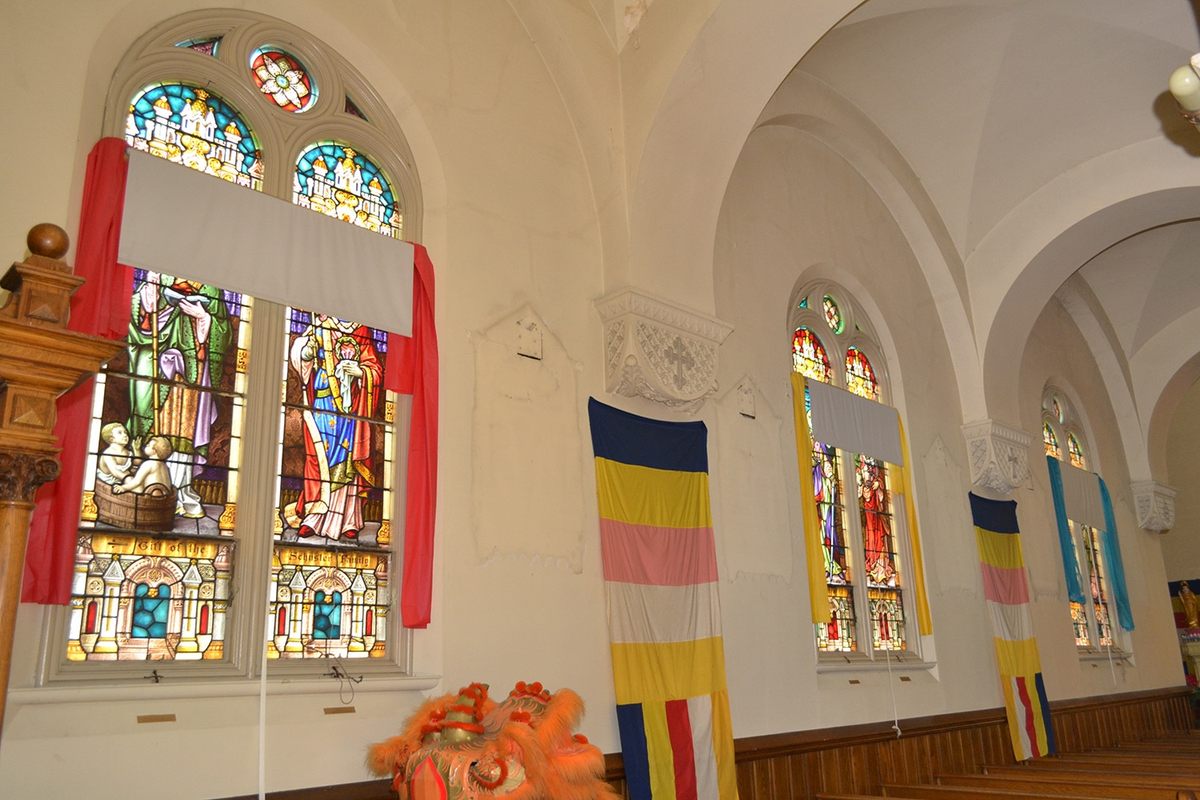
Like the Germans and Italians who came before them, Buffalo’s newest wave of immigrants from Asia sought a place to practice their faith. Thich Minh Tuyen was looking for a space to open a Buddhist center, and churches made a natural fit. Tuyen wanted the space to be an international center for Buddhism and meditation, so he required an extra-large building that felt both holy and practical, with places to both worship and have meetings. After considering several churches in the area, he bought Saint Agnes for $250,000, funded through donations from the international Buddhist community, according to Krishna’s study. Now the temple predominantly serves Vietnamese Buddhists living in Buffalo and the surrounding areas, as well as those of Burmese, Thai, Indian, and Sri Lankan descent, the monks there told Krishna.
As it turns out, it’s pretty easy to turn a church into a temple. It took a three-year renovation—in large part because the building had been out of use and needed to be updated, but the International Sangha Bhiksu Buddhist Association made very few changes to the interior substance of the church, aside from removing iconography, including the crucifix and images of the Stations of the Cross. “They were quite in sync with the idea that this was a historic place of worship, and they wanted to make sure that they honored that history while putting an overlay of their own worship,” Krishna says.
Though the temple preserved the architecture and layout of the church, they reorgnized and replaced much of the furniture. The new tenants also added three 2,000-pound sitting Buddhas shipped from Canada, and six standing Buddhas that cluster around a shrine in the narthex. The monks replaced six pews with carpets for worshippers to sit on, but left the remaining pews intact for those who cannot sit on the floor. The brilliant stained-glass windows are as they were, and the monks added shades and hung colorful banners alongside them—a surprisingly beautiful juxtaposition. All this was done deliberately, as the founding monk, Bhiksu Tuyen, wanted to combine Buddhist iconography with the existing Catholic themes.
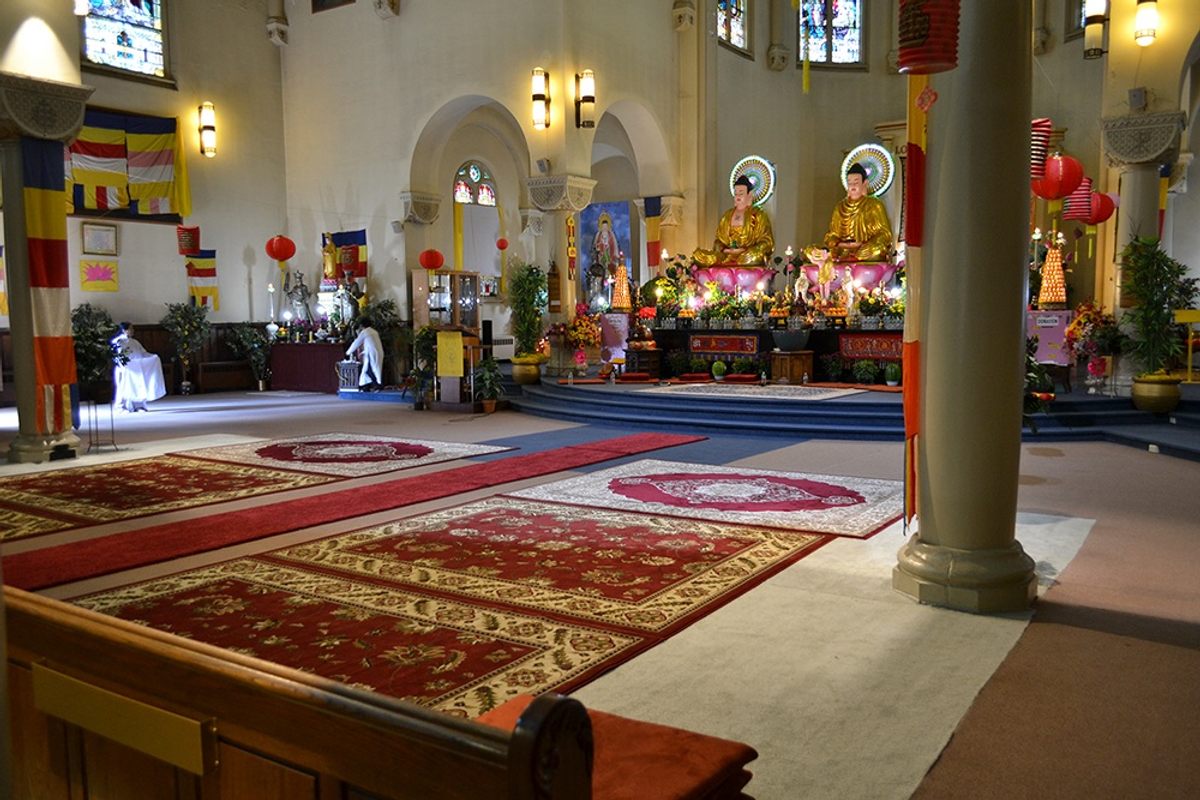
Faith-to-faith conversions work differently depending on the religions involved. In 2007, Buffalo’s Queen of Peace Roman Catholic Church, closed for two years, sold for $300,000 and became the Muslim Society of Buffalo, or the Jami Masjid. From March to August of that year, volunteers converted the space into something appropriate for Islamic worship, and this process required significantly more alterations than the Buddhist temple. “In Islam, [there is] a wariness with any depiction of a human or any living being,” Krishna says. So the volunteers painted all the murals sky blue (though it should be noted that many of the historic murals had been whitewashed in the 1980s by the church itself), removed statues at the altar, and replaced the church’s intact stained-glass windows with plain, frosted glass.
Now, the Jami Masjid has no pews, only Turkish carpets for Islamic prayers, Krishna says. Arabic calligraphy adorns the Gothic brackets. The orientation of prayer has changed so the imam stands along the eastern wall of the building, so that when worshippers offer their prayers and genuflect, they face Mecca. The main altar has been removed entirely, replaced by a carpeted space for reading. The church’s former apse, the area behind the main altar where the choir would sing, has now been screened off as a prayer space for women. There is also a locker room in which worshippers can wash their feet before entering the main prayer space. The Jami Masjid has since grown to act as a community center for local Muslims, including weekly programming, youth groups, and Quran classes.
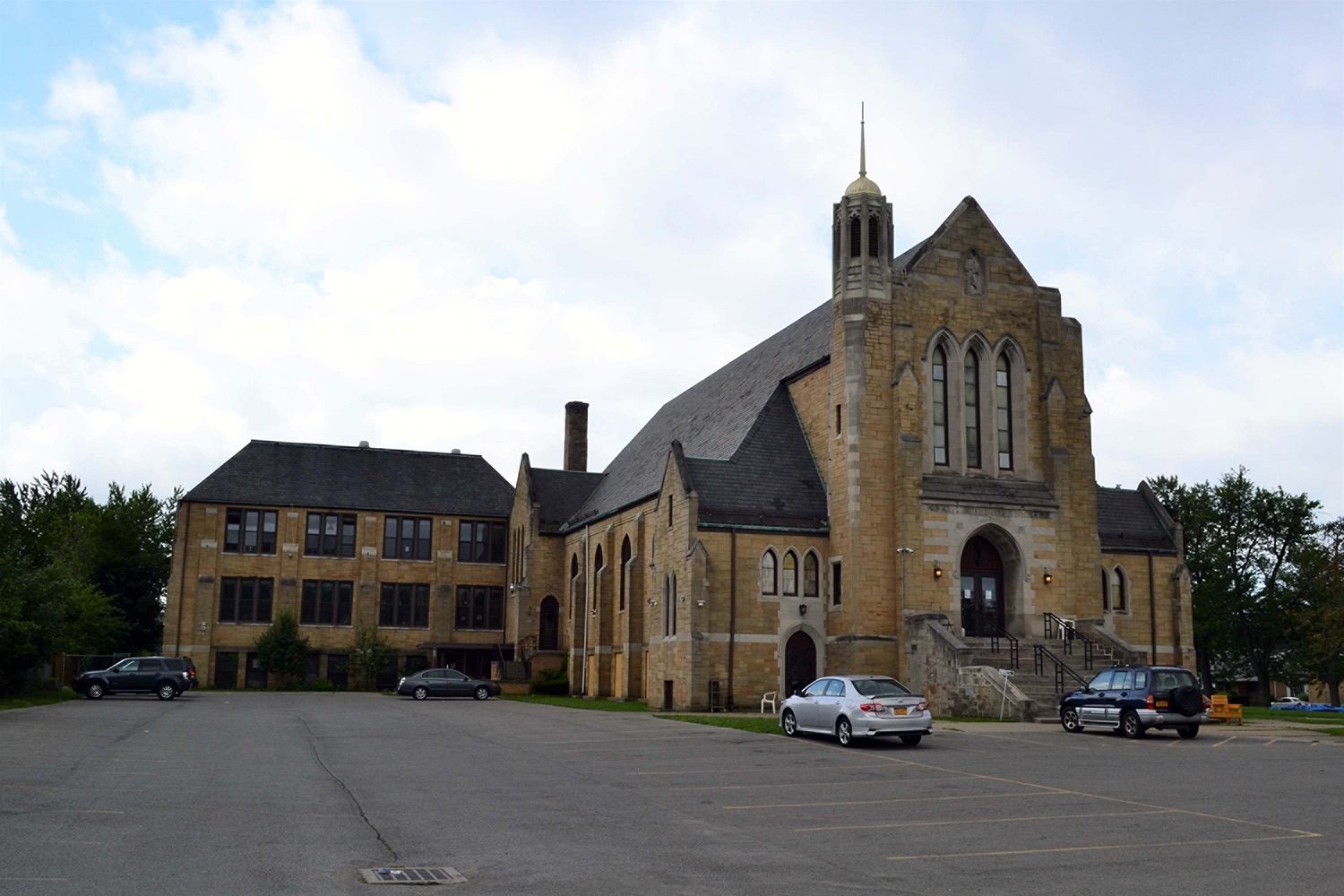
Conversions often cannot preserve all the cultural material of the original building, “Yet isn’t it better that the building is still standing and has again become a center of human activity?” Campo says. “The alternatives in most cases are continued decay or demolition.” Before closing, the church gifted a statue of Mary, Queen of Peace to the Buffalo Religious Arts Center (housed in the once-vacant St. Francis Xavier church). “It’s a repository for religious history in the city,” Krishna says. The center collects the best artifacts—including statuary and pews—when churches are put out of commission, and displays them alongside text about the church.* “It’s a museum of sorts,” she adds. Some of the objects are sold to other churches or reused for new purposes.
But historic churches, even after they’re converted, can present new problems. “Churches are massive structures to heat and maintain, and upkeep becomes expensive,” Krishna says. While the Jami Masjid has made good use of the sprawling property, the Buddhist temple, which, as Buddhist faith requires, is a nonprofit, has had trouble covering its utility bills. In frigid Buffalo winters, heating a building that massive leads to bills that average to $2,500 a month, on top of all the expenses of an old building: leaks, water damage, overgrown lawns, and more. So the monks maintain the building through fundraising—as well as pocket change donated by four nuns who formerly taught at Saint Agnes and still live, rent-free, in their residences at the back of the church building.
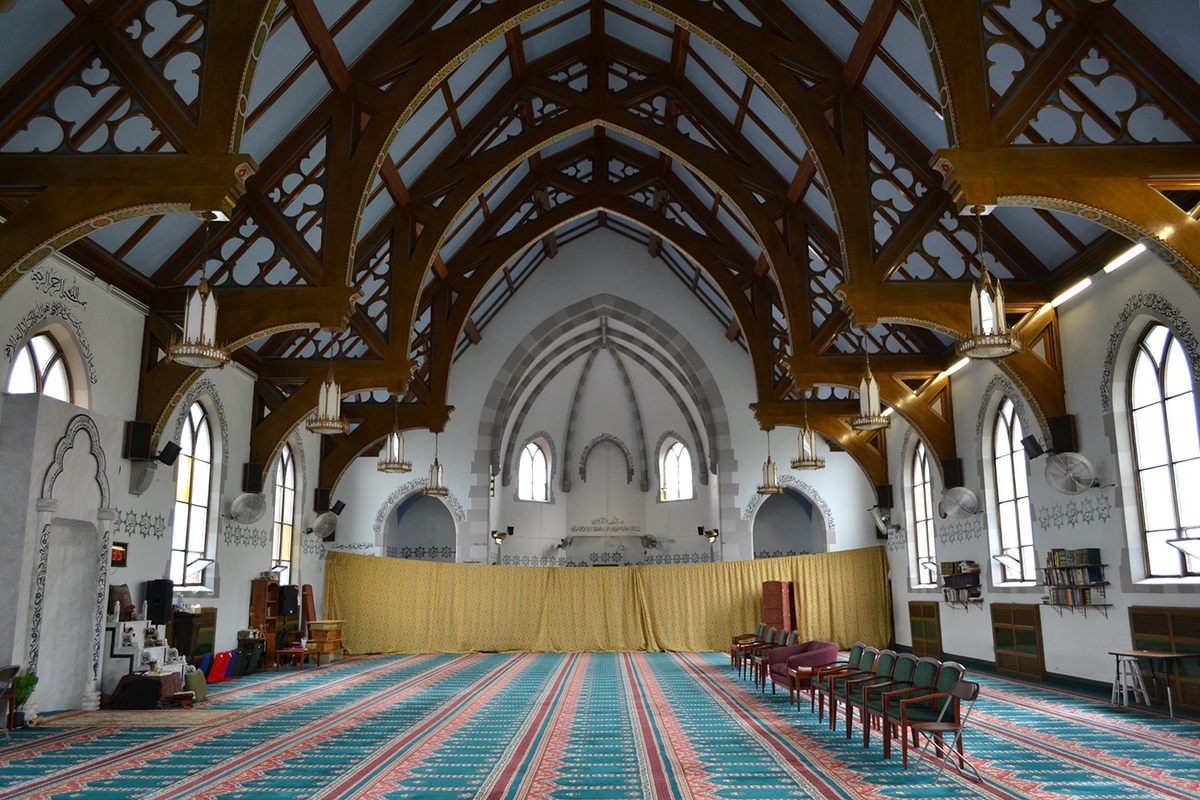
Even in a community that generally has policies and opinions friendly to immigrants and refugees, Krishna says, some residents are disgruntled with the changes to places of worship. “There will always be some dissent, a sense of concern that the traditional Judeo-Christian way of life may be being lost,” she says. The mosque keeps a low profile in the press, out of concerns about Islamophobia and misinformation. Serendipitous conversions also happen among Christian denominations. Buffalo’s significant African-American population has converted several old Catholic buildings to Anglican, Baptist, and Evangelical churches. On the whole, locals see all of the conversions as positive developments in a city that has struggled with blight for decades.
And then there are places that serendipitous conversion has not been able to save. Campo points to the Jefferson Avenue Shul, the oldest synagogue in the city. First built in 1903, the shul was a landmark, with an onion dome and bricks the color of honey. In its heyday the shul sat 700, but it closed in 1962. After that it housed two Pentecostal congregations, according to Buffalo Spree. In 1996, Jewish organizations and former members of the synagogue attempted to restore the building and get it on the National Register of Historic Places. But those efforts failed, and the shul was demolished in 2014, despite the protests of two demonstrators who chained themselves to a pillar inside.
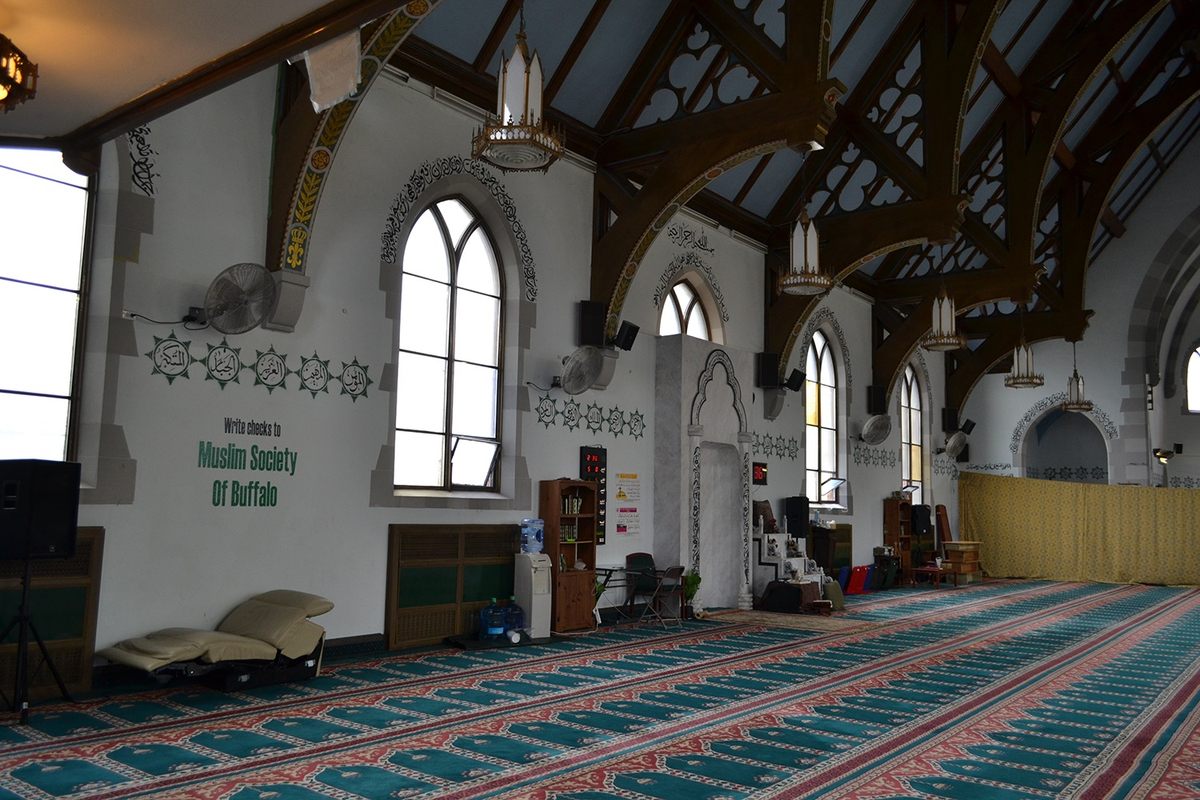
There is another version of more straight-forward historic preservation, but federal, state, and local ordinances can be incredibly narrow and impractical, and offer tax credits that only benefit private ownership and real estate sales, rather than community-driven projects such as serendipitous conversions. “These conversions are much closer to best-case scenarios than people might think and how preservation standards would judge,” Campo says. It seems that religious organizations and grassroots movements (such as Buffalo’s Young Preservationists Organization and Preservation Buffalo Niagara) are making the most progress.
Krishna hopes that faith-to-faith preservation can become a model for any struggling neighborhood with growing immigrant or refugee communities, in Buffalo and beyond. “Being able to set up a shared space is a positive outcome for people who have likely faced difficult circumstances in the context of places that they’re coming from,” she says. “And it becomes a way to invite other people into the community.”
In 2017, the Jami Masjid raised $80,000 to build a new playground on their property. The only other playground in the neighborhood, Schiller Park, has been considered unsafe for years, with broken glass and graffiti, according to the Buffalo News. The playground opened that August—to everyone.
* Correction: This article was updated to clarify which objects the Buffalo Religious Arts Center accepted from the Queen of Peace Roman Catholic Church.
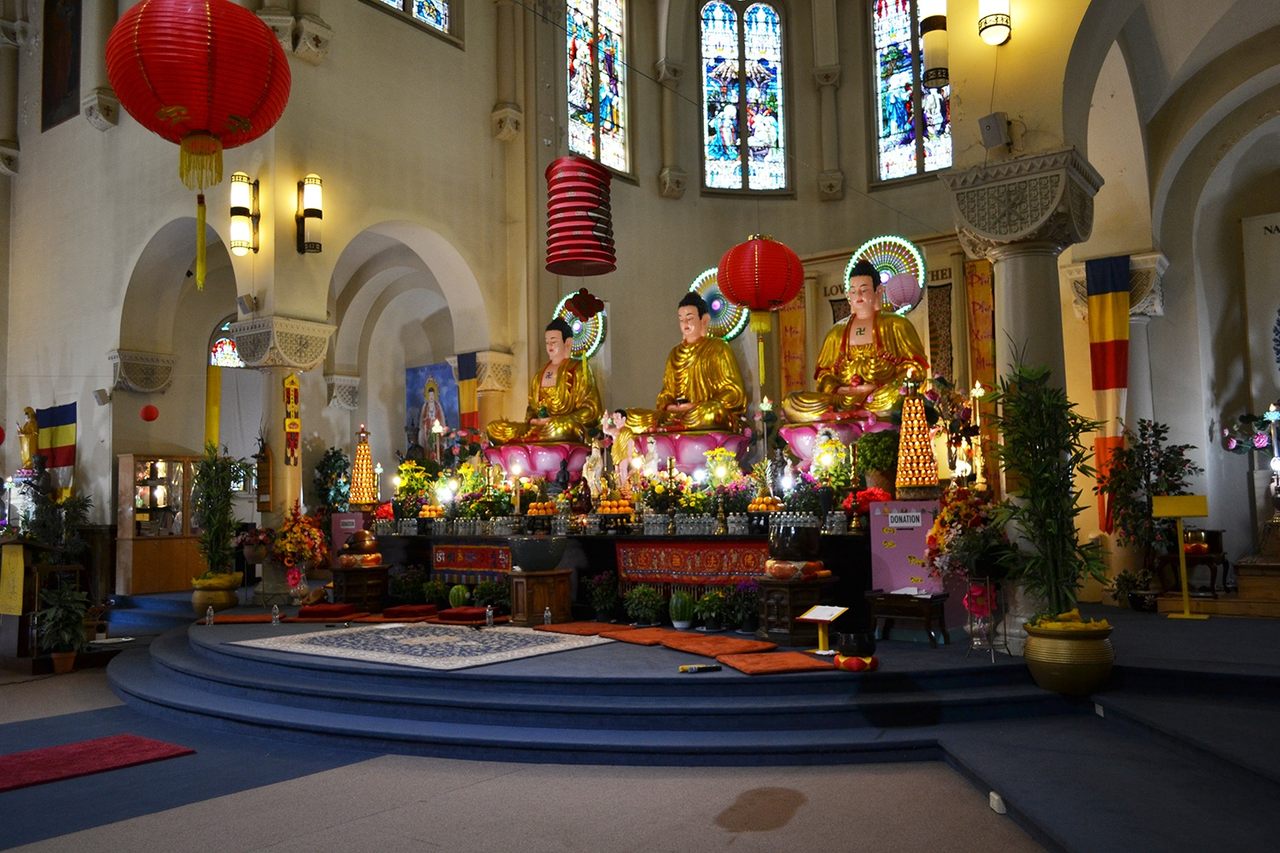







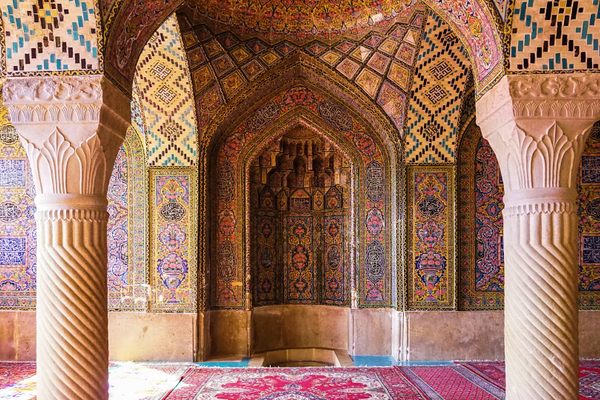











Follow us on Twitter to get the latest on the world's hidden wonders.
Like us on Facebook to get the latest on the world's hidden wonders.
Follow us on Twitter Like us on Facebook